
Results of the Associated Consultants Survey
Finally, the results of the survey conducted last October among our Associated Consultants are ready! Download Download

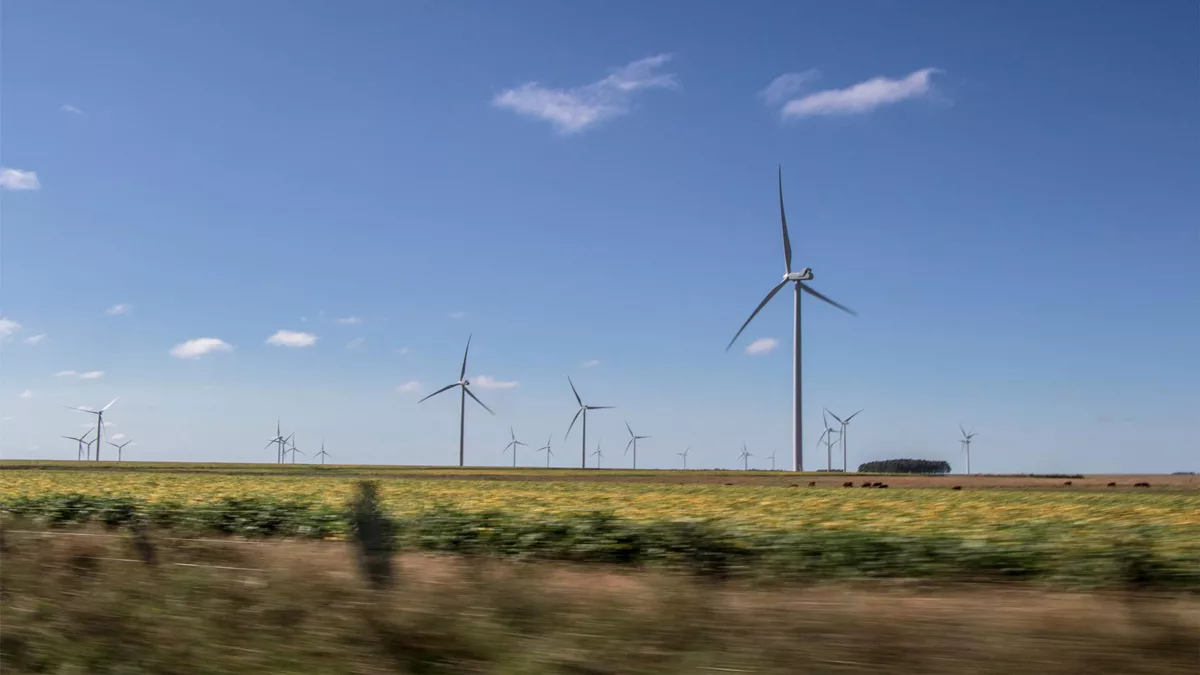

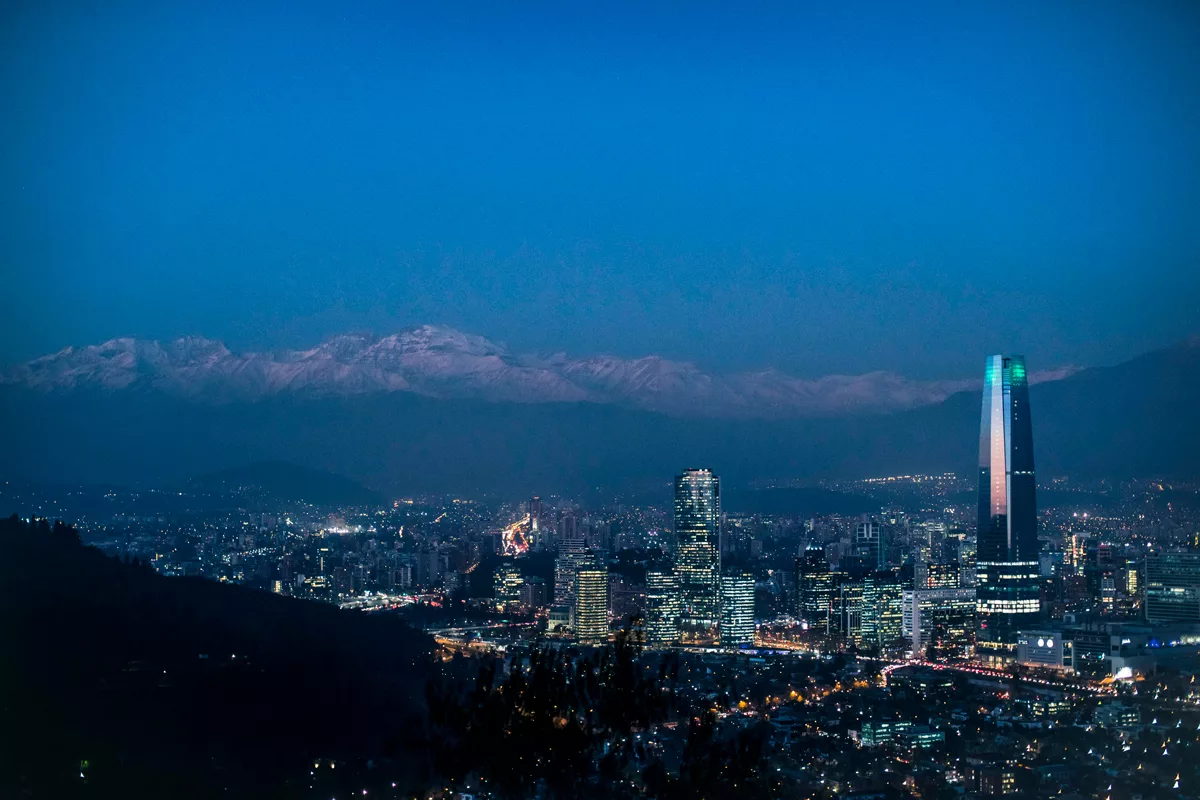
We provide tailored environmental advice, with a gender-based sustainability lens, to organisations, communities, governments and the private sector.
For over a decade, we have been engaged in project development for clients across Latin America, the Caribbean, and Africa.

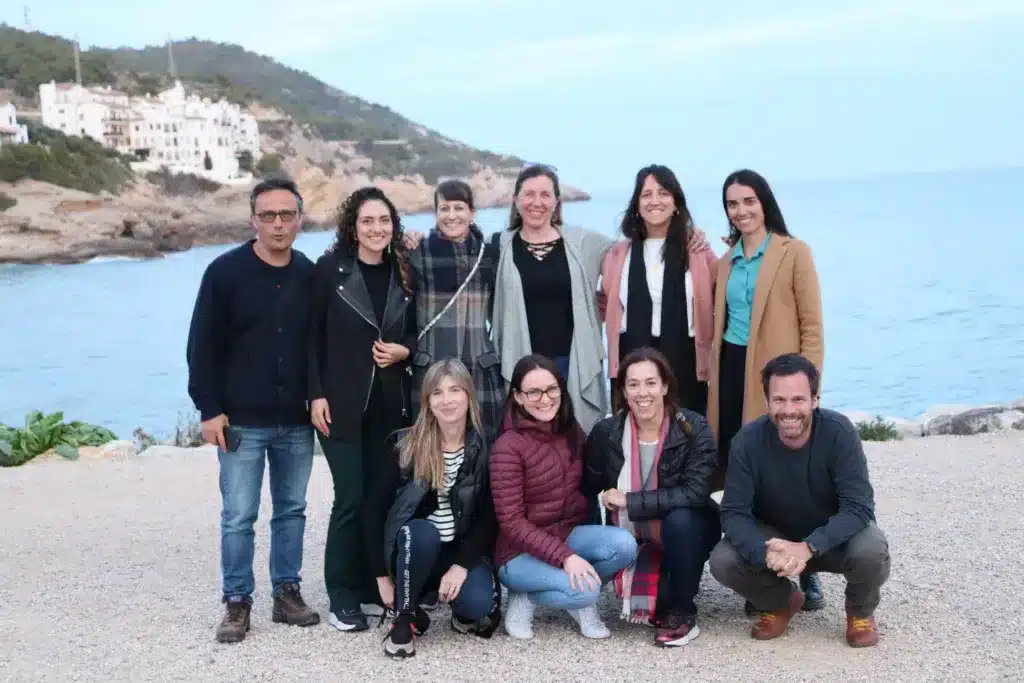
AAE consists of a team of permanent staff based in our offices in Latin America and Europe, as well as a large network of associated experts which are called upon to design project specific teams.
This light and flexible structure allows us to organize project specific multi-disciplinary teams, providing high quality services in line with each client’s needs.
We are a key partner generating dialogue and building bridges with local actors
AAE promotes best practice environmental and social standards, and our daily work is guided by our Code of Ethics in accordance with our values. Please see our Environmental Policy Statement and Stakeholder Engagement Statement.
In line with our Environmental Policy, AAE offsets all emissions from our core team and associated consultant’s flights and other transportations (see Certificates for 2019 , 2020/1 and 2022/3).
Our Grievance Redress Mechanism is available to submit your complaints in an anonymus and simple way.
Our clients range from government ministries to private companies and non governmental organizations. All of them have in common a genuine interest to improve the environment.
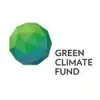


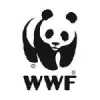
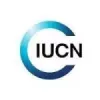




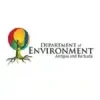







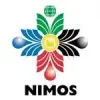




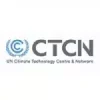


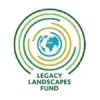

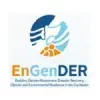

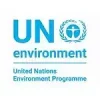

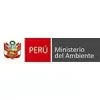
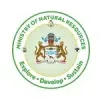



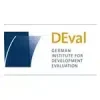
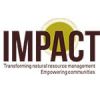






Finally, the results of the survey conducted last October among our Associated Consultants are ready! Download Download
Many of our projects in the different work areas include collaboration with Indigenous Peoples (IPs) or consideration of indigenous rights and interests. Our experience includes consultations, dialogues, workshops, training, all done both virtually due to the COVID situation or budget restrictions and on site. The on site experience in many cases involved communities in remote locations with complex access. In many cases the consultations, training or workshops required tailor made materials in local languages and tailor made dynamics. We have also worked as liaison between government institutions and IP communities or representatives reaching common understanding through consultations or documents. Throughout our work we have established a respectful and many times long term relationship with the IP representatives we have been involved with. Where no direct collaboration with IP communities is involved we are applying a human and indigenous rights based approach to our work. This includes to analyze, on a project by project basis, the risks a project could pose to IPs, the legal framework applicable to indigenous and vulnerable groups of actors, to identify legal gaps and develop mitigation measures that help ensure that indigenous rights and interest are fully taken on board during project implementation (see also “safeguards”).
A country’s legal framework provides key information on potential barriers to successful design and implementation of conservation activities, as well as of ways to promote an enabling environment. deep understanding of national and international legal frameworks is therefore key to ensure the sustainability and consistency of conservation projects and activities Our professional legal experts provide a thorough understanding of treaties, principles of international law, national and international legal cases, and integrate knowledge from other legal systems. They often work together with local lawyers, with the purpose of ensuring that national norms are adequately interpreted and considered. We have successfully supported national governments in designing national plans and strategies, particularly in the ambit of forest governance (REDD+) and climate change. In the development of participatory processes, we have provided legal advice to ensure that the procedures implemented are aligned with national and international legal requirements. We have provided legal advice with regards to social and environmental risks of policies and activities and the compliance with different social and environmental safeguards, including, e.g. those of the World Bank, UNDP and the Green Climate Fund (see also safeguards). We have also integrated legal perspectives when addressingWe have undertaken land tenure analysis at the national and local levels, with a view to achieving long-term success in sustainable forest management activities, as well as improved livelihoods. We have advised country governments on land and natural resources tenure, and on how to legally ensure the sustainability of implemented activities, and the well-being and respect of the rights of vulnerable actors, particularly indigenous and tribal peoples (see indigenous peoples). When required by country governments, we have supported processes of legal reform of laws and creation of institutions, providing concrete proposals on required legal adjustments. This has, for example, included the development of mechanisms for the response and resolution of complaints at the national level.
In an increasing number of AAE’s projects, protected areas play a role in one way or another. Protected areas are one of the main “tools” for conserving biodiversity and ecosystems around the world and play an important role in climate change mitigation and adaptation. By now, a number of different categories of protected areas are recognised, including areas largely closed off to people, but also those that are important because of existing interactions between people and nature or for their cultural values. Where AAE is involved in developing REDD+ strategies, we have assessed the potential role of a country’s protected areas under REDD+. Where a SESA or an ESIA gets conducted and an ESMP or ESMF developed, whether for REDD+ or any other conservation project, the effect of possible restrictions of access to land and resources in and around protected areas gets analyzed and mitigation measures identified to ensure that livelihoods will be at least maintained, if not improved over time. Several of AAE’s safeguards projects have a very direct link with protected areas since the application of safeguards can here be seen as a response to dealing with recurring topics of access restrictions, safety and security of local communities as well as park rangers and other human rights issues.
AAE develops initiatives and projects with a cross-cutting gender perspective through a wide range of services, such as gap analysis, design of gender-sensitive strategies, including REDD+ strategies, and Gender Action Plans and Frameworks (within Environmental and Social Safeguards Systems of different banks and institutions). This approach reflects the increasing relevance of gender mainstreaming in the international climate agenda. The use of tools and methodologies that allow for the incorporation of this approach is commonplace in all adaptation and mitigation initiatives in which AAE is involved, as well as in the design of specific actions, plans and frameworks to improve living conditions of the most vulnerable populations.
Gender mainstreaming into the project cycle is a key element for development banks and climate finance institutions. It is necessary to understand and react to the unequal consequences of climate change on women and men and to understand, recognize and have a critical eye on existing gender roles in the planning and execution of projects. Proper consideration of gender throughout the life cycle of projects not only ensures a more efficient intervention in climate change mitigation and adaptation projects, but also contributes towards gender equality. AAE works with these institutions in implementing solutions and responses from a rights-based approach that promote environmental, economic, social and developmental benefits from a gender equality perspective